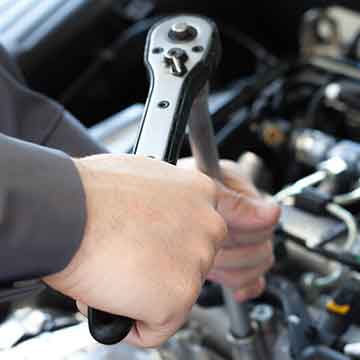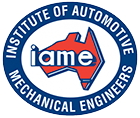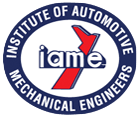Australian Federal Government's New Vehicle Efficiency Standard
A Divisive Issue Among Local OEM Distributors

In a move aimed at combating climate change and reducing carbon emissions, the Australian Federal Government recently proposed the New Vehicle Efficiency Standard (NVES). This initiative, however, has stirred up a significant division among local Original Equipment Manufacturer (OEM) distributors. While some support the NVES as a necessary step towards sustainability, others vehemently oppose it, citing concerns about its potential impact on the automotive industry and consumer choice.
The NVES proposes stringent regulations mandating improved fuel efficiency and reduced emissions for vehicles sold in Australia. Under this standard, car manufacturers would be required to meet specific targets for the average fuel consumption and emissions of their fleet. The goal is to encourage the adoption of cleaner and more fuel-efficient vehicles, ultimately contributing to a greener transportation sector.
Those in favor of the NVES argue that it represents a crucial step towards addressing Australia's environmental challenges. With transportation being a significant contributor to greenhouse gas emissions, implementing stricter efficiency standards is essential for reducing the country's carbon footprint. Proponents also highlight the potential benefits for consumers, including lower fuel costs over the lifetime of the vehicle and a broader selection of eco-friendly options.
Moreover, supporters of the NVES emphasize the global trend towards cleaner transportation and the need for Australia to align with international standards. By implementing these regulations, the country can demonstrate its commitment to sustainability and remain competitive in the global automotive market.
However, not all OEM distributors share this enthusiasm for the NVES. Some industry players argue that the proposed standards place undue burdens on manufacturers and could stifle innovation. They express concerns about the feasibility of meeting the stringent targets within the proposed timeframe, especially for smaller manufacturers with limited resources.
Additionally, opponents of the NVES raise questions about its potential impact on consumer choice and affordability. They fear that the regulations could limit the availability of certain vehicle models or drive up prices, ultimately disadvantaging Australian consumers. Furthermore, there are concerns that the transition to more fuel-efficient vehicles may overlook the needs of certain segments of the population, such as rural communities reliant on larger vehicles for practical purposes.
Moreover, critics of the NVES point out the potential economic ramifications for the automotive industry. They argue that the increased regulatory burden could lead to job losses and reduced competitiveness for local manufacturers, particularly in the face of global competition.
The division among local OEM distributors reflects the complex trade-offs involved in implementing environmental policies in the automotive sector. While there is broad consensus on the need to address climate change and reduce emissions, the specific mechanisms for achieving these goals can provoke disagreement and debate.
Ultimately, finding common ground between supporters and opponents of the NVES will require careful consideration of the trade-offs involved. Balancing environmental objectives with economic concerns and consumer preferences is no easy task. However, with constructive dialogue and collaboration between policymakers, industry stakeholders, and environmental advocates, it may be possible to develop a regulatory framework that promotes sustainability while safeguarding the interests of all involved parties.








